If you click on a link and make a purchase we may receive a small commission. Read our editorial policy.
All 17 modern DC movies in order, across the DCEU from Superman's Man of Steel to Aquaman's Lost Kingdom
From Man of Steel to The Suicide Squad, here's how to best watch the DC Extended Universe.

Popverse's top stories
- Oni Press and Archie Comics join forces for a star-studded launch of 3 new ongoing series, Archie, Archie in Hell, and Sabrina the Teenage Witch
- Popversations: Thomas Jane talks his comic book collection, The Expanse, and his Comixology book The Lycan
- Read the full first issue of Image Comics crime series The Voice Said Kill for free, right now
Spare a thought for the DCEU, which came to an end in December 2023, with the release of the second standalone Aquaman movie, Aquaman and the Lost Kingdom. (Which DC comic book fan, really, could have imagined that Aquaman and Suicide Squad would somehow manage to have more big-screen outings than the Flash or Green Lantern?) The series, which launched with 2013’s Man of Steel, might only have lasted a decade, but it offered up big screen debuts for a number of iconic DC characters — and transformed a couple into mainstream pop culture icons in the process. (Harley and Peacemaker, we’re looking at you.) As the dust has started to settle on the complicated, sometimes controversial movie series, perhaps it’s time to take a look back at the whole thing and give it a much-needed reappraisal.
The DCEU timeline was somewhat complicated by the release of the extended and retooled Zack Snyder’s Justice League — essentially a remix of the theatrical version, restoring what was originally intended but discarded in official canon — as well as the mixture of theatrical and streaming-only releases, and the introduction of the concept of the DC Multiverse, which sneakily back-doored in seeming all previous incarnations of DC superheroes into some expanded idea of canon.
Related: Every DC Comics movie, ranked by Popverse
We’re not going to include that last part here, for fear of over-complicating matters — but we do have Batman, Arrowverse, and Superman watch orders to keep track of all of those earlier projects, if you want to dive right in — choosing, instead, to focus on the projects created to be part of the core DCEU. If you want to watch the films in release order or in chronological order, or if you just want to know which films are connected – we’ve got you covered. Here’s how to watch every DCEU movie (and, yes, that one show, as well) in order.
How to Watch the DC Movies in Release Order

The simplest way to watch the DCEU films is in their release order, which looks just like this:
- Man of Steel (2013)
- Batman v Superman: Dawn of Justice (2016)
- Suicide Squad (2016)
- Wonder Woman (2017)
- Justice League (2017)
- Aquaman (2018)
- Shazam! (2019)
- Birds of Prey (2020)
- Wonder Woman 1984 (2020)
- Zack Snyder’s Justice League (2021)
- The Suicide Squad (2021)
- Peacemaker, season one (2022)
- Black Adam (2022)
- Shazam: Fury of the Gods (2023)
- The Flash (2023)
- Blue Beetle (2023)
- Aquaman and the Lost Kingdom (2023)
How to Watch the DC Movies in Chronological Order

Thanks to post-credits scenes, flashbacks ,and time jumps within the films, there’s no perfect way to watch the DCEU films in chronological order. With that in mind, we’ve broken down how to follow along chronologically with notes about certain scenes and moments that make the order complicated.
- Wonder Woman
- Wonder Woman 1984
- Man of Steel
- The Flash
- Batman v Superman: Dawn of Justice
- Suicide Squad
- Justice League / Zack Snyder’s Justice League
- Aquaman
- Shazam!
- Birds of Prey
- The Suicide Squad
- Peacemaker, season one
- Black Adam
- Shazam: Fury of the Gods
- Blue Beetle
- Aquaman and the Lost Kingdom
Although this list puts the primary story of each film in chronological order, some of the movies have scenes and flashbacks that take place at different points in the timeline. Here are the major ones:
Wonder Woman has a frame narrative that features the titular character in the present day, looking at a photograph and reminiscing about her past, from her childhood up to her time fighting in World War I; those present-day scenes take place after Batman v Superman: Dawn of Justice. By contrast, although Wonder Woman 1984 takes place nearly 70 years after the events of the first film, it opens with a scene of Diana’s childhood which likely takes place sometime around the beginning of Wonder Woman.
Batman v Superman: Dawn of Justice also opens with a flashback, showing a scene of Bruce Wayne at his parents’ funeral that would take place before the events of Man of Steel. It then shows a scene of Bruce Wayne witnessing the battle between Superman and General Zod at the end of the events of Man of Steel.
Both Justice League and Zack Snyder’s Justice League feature scenes that take place thousands of years in the past, featuring a battle between the forces of Apokolips and an alliance of Olympians, Amazons, Atlanteans, humans, and a Green Lantern.

Aquaman opens with a scene showing the meeting of the title character’s parents in 1985, which would take place after the events of Wonder Woman 1984. Shazam! also opens with a scene set in the past, with the villainous Dr. Sivana in 1974, which takes place prior to Wonder Woman 1984.
Birds of Prey features a flashback sequence with Harley Quinn and the Joker in a nightclub that takes place sometime during their relationship. Although the exact date of the scene is unclear, it probably takes place before the events of Suicide Squad.
Black Adam hops begins in the early days of humanity in its opening scenes, before settling into the modern-day for the majority of the runtime.
The Flash is a time travel movie that places a significant amount of its runtime during the events of Man of Steel, albeit those events happening in an alternate reality. However, both the beginning and end of the movie take place in the “present day” …whatever that means.
Finally, although Peacemaker largely takes place in the present day, it features flashbacks to Peacemaker’s childhood that would take place prior to the events of Man of Steel.
Wait, I know what you’re thinking, so let’s address the elephant in the room before we go any further.
What’s Up with Zack Snyder’s Justice League?

One of the biggest complicating elements in the DCEU watch order is the existence of Zack Snyder’s Justice League (AKA the infamous 'Snyder Cut.') Director Zack Snyder was reported well into post-production on Justice League when he stepped down from the film due to challenges in his personal life and disagreements with Warner Bros. about the film’s final cut. Directing duties were taken over by Joss Whedon, who reshot and rewrote much of the film. The final cut of Justice League was poorly received by both audiences and fans, and Snyder fans long demanded that Warner Bros. release Snyder’s original vision for the film.
Warner Bros. eventually answered those calls, after a fashion, bringing the cast back to shoot additional material for a four-hour film released on HBO Max. Zack Snyder’s Justice League retains the general framework of the theatrical film, but features expanded backstories, redesigned visuals, and a darker tone that is more in line with Snyder’s previous DC films.
When you decided what order to watch the films in, unless you are determined to watch the films in their original release order, Justice League and Zack Snyder’s Justice League can be considered interchangeable, as their main narratives take place in the same time period. DC and Warner Bros. have stated that they consider the theatrical cut to be the most canon, but director Patty Jenkins (Wonder Woman) contradicted that, saying she and other DC directors consider Snyder’s vision to be canonical.
Got that? Good. Let’s move on.
How to Watch the DC Movies by franchise

The DCEU doesn’t have one large narrative arc in the same way that the Marvel Cinematic Universe does. Instead, DC has two prominent storylines and a single standalone series within the universe (with more standalone projects on the way). If you wanted to watch through one set of directly connected films before moving on to the next, here’s how you should do it.
Justice League
- Man of Steel
- Batman v Superman: Dawn of Justice
- Wonder Woman
- Justice League / Zack Snyder’s Justice League
- Aquaman
- Wonder Woman 1984
- The Flash
- Aquaman and the Lost Kingdom
Alternately, you could watch Wonder Woman 1984 directly after Wonder Woman, as both films are prequels set before the events of the rest of the series.
Harley Quinn and the Suicide Squad
Should they materialize, future seasons of Peacemaker could potentially belong on this list, although it’s been reported that the show will continue as part of the new rebooted canon launching with 2025’s Superman film.
Shazam!
What About the Other Batman Films?
Warner Bros. and DC’s plans for the franchise have another complicating factor on the horizon, as the Flash introduced the concept of the multiverse into the DCEU with a plot based on the comic storyline Flashpoint. While the DCEU’s previous Batman, played by Ben Affleck, appeared in the film, The Flash also featured a blast from the past with Michael Keaton reprising his role as the Caped Crusader from Batman (1989) and Batman Returns (1992).
Keaton’s character hails from an alternate universe in The Flash. The addition of the multiverse brings into question what DC films that are currently unrelated to the DCEU might later become canon as alternate universes. Currently, this year’s Robert Pattinson-starring The Batman is not considered canon, although Warner Bros. has announced that a sequel is in the works with Pattinson and director Matt Reeves returning.
If you’re looking to prepare for Keaton’s appearance in The Flash, all you’ll need to watch is Batman (1989) and Batman Returns (1992). The events of the other two films in that series (Batman Forever and Batman & Robin, which did not feature Keaton) will be ignored in the upcoming film. I know, it seems confusing, but, again: that's why we have a Batman movies watch order to help with that.
Is the DCEU discontinued?
The DCEU is no more, with Aquaman and the Lost Kingdom being the final movie in that version of DC canon; it lasted 10 years, 15 movies (16, if you could both versions of Justice League as separate movies), and one television show. (Peacemaker, of course.) But here’s the thing: The Flash made it very clear that the multiverse exists, and that the DCEU version of Barry Allen is now, unintentionally lost in the multiverse… so what’s to say that he couldn’t end up in any future version of whatever DC canon shows up on film? As long as that possibility is out there, it’s as if a little bit of the DCEU will live on, in a very strange, very specific manner.
What’s the difference between DCEU and DCU?

The answer to that question isn’t as straightforward as you might think, because it depends on which DCU you’re wondering about. There’s the comic book DCU — literally the core timeline for DC’s comic book superheroes, as published since the 1930s (admittedly with a handful of do-overs in there) — and then there’s the DCU as will debut in 2025 with the release of James Gunn’s Superman. That DCU is a replacement for the DCEU, and will stand alone as the new and canonical core version of DC’s superhero and horror properties moving forward in both movies and television. So, whichever DCU you’re asking about, the answer is, “it’s an entirely different thing,” but the on-screen DCU is explicitly a replacement for the DCEU as-was.
Is Aquaman 2 on any streaming service?
Aquaman and the Lost Kingdom is available to purchase or rent digitally on a number of platforms — like Prime Video, for example, or Apple TV, but is also, at time of writing, available to stream on Max, which has first streaming rights for all Warner Bros.-produced movies.

Want to know more about the upcoming DC projects that are both inside and outside of the new canon? We’re ready to tell you everything we know.
Follow Popverse for upcoming event coverage and news
Find out how we conduct our review by reading our review policy
Let Popverse be your tour guide through the wilderness of pop culture
Sign in and let us help you find your new favorite thing.




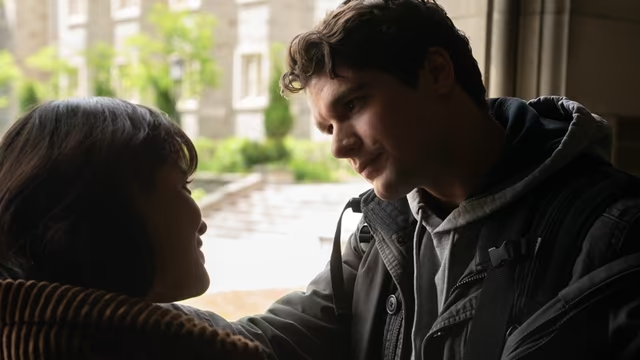
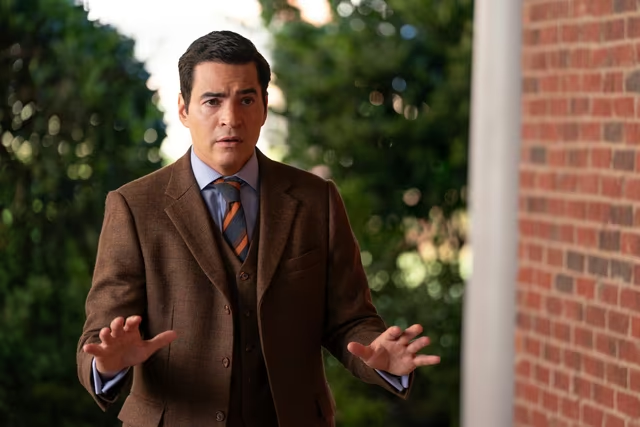
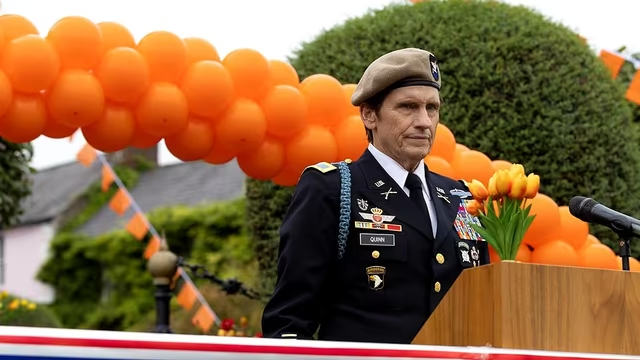
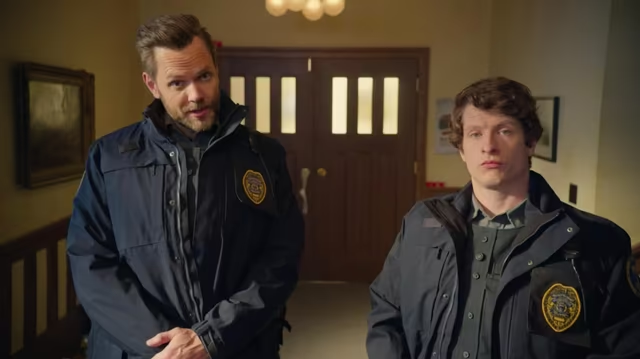
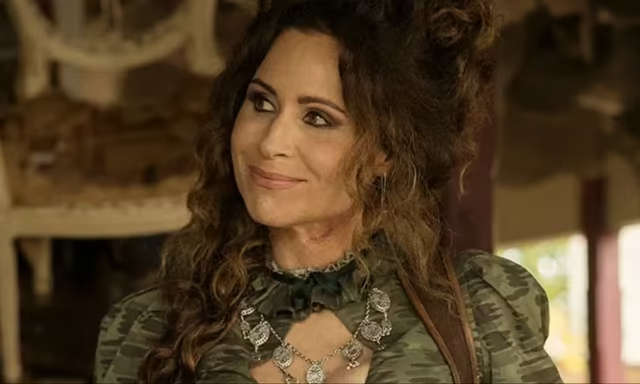







Comments
Want to join the discussion? Please activate your account first.
Visit Reedpop ID if you need to resend the confirmation email.